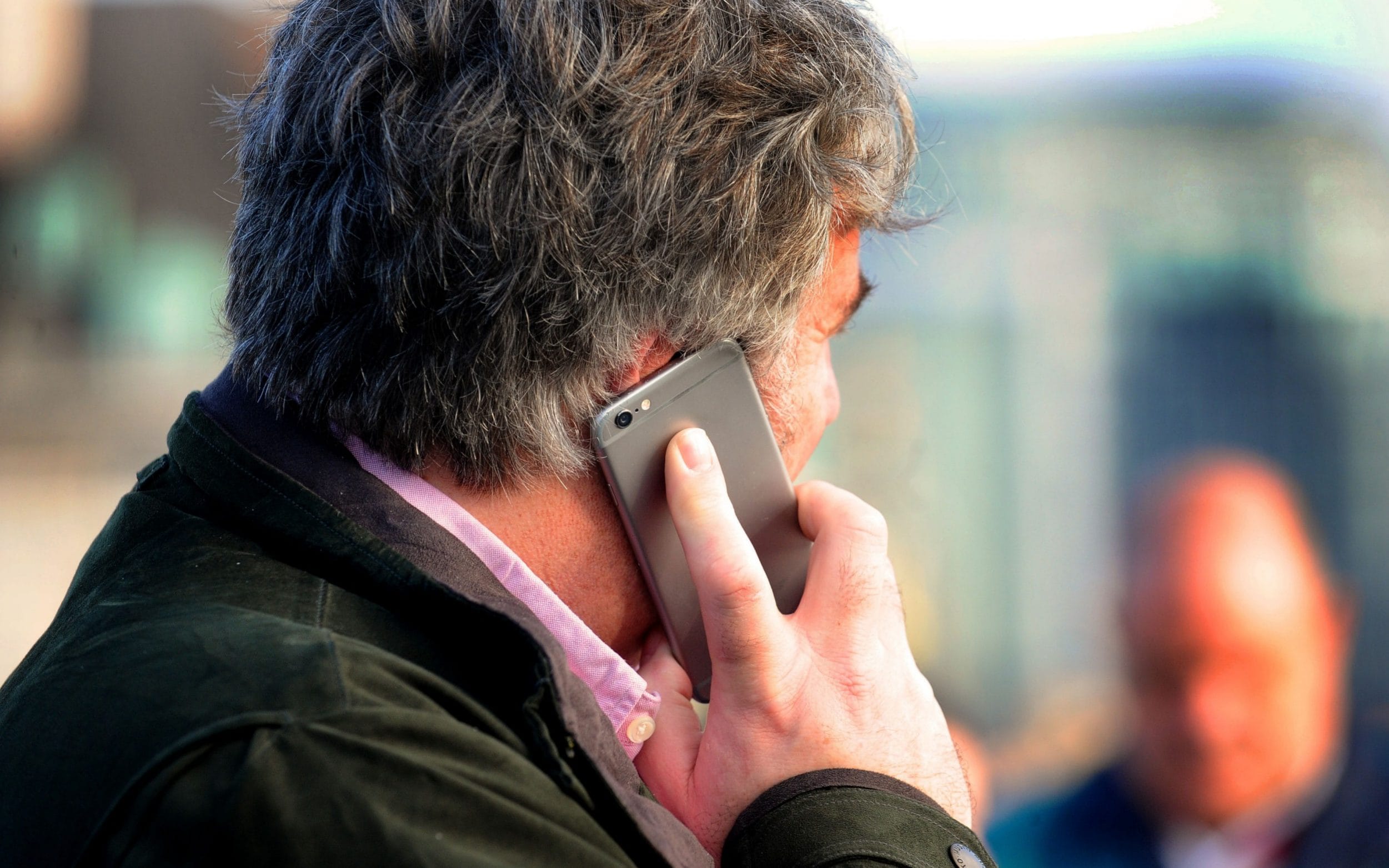- Around 15 years ago, a statistical analysis discovered the first association between asthma and brain tumors. They first dismissed it as unimportant due to the lack of knowledge about the processes that connect lung and brain disorders.
In 2015, neurologists discovered that asthma does not develop at the same rate in children who are genetically predisposed to some form of brain tumor. The contact between the optic nerve and various immune cells, including T lymphocytes and microglia, has been demonstrated to induce brain tumors.
Asthma is a chronic inflammatory condition in which T lymphocytes play a role. Once these events co-occurred, neurologists began to look into how these cells responded. The scientists decided to try it on mice. The researchers uncovered the genes responsible for creating optic nerve tumors and caused asthma in the animals at 4 and 6 weeks of age. Mice with induced asthma did not acquire a brain tumor by 3 or 6 months, while mice without asthma did. Of course, we won’t give someone asthma because it’s a life-threatening condition. What if we could fool T cells into believing they’re asthmatic T cells when they reach the brain, preventing brain cancers from forming and progressing? The scenario was detailed by Dr. David Gutmann, a neurologist at Washington University in St. Louis.
ACCORDING TO EARLIER RESEARCH, stopping T cells from producing a protein called decorin promotes lower inflammation in the respiratory system. They showed decorin expression in the spleen, lymph nodes, and optic neurons of asthmatic mice. This is comparable to the situation that asthmatics confront.
Decorin expression differed in non-asthmatic animals, suggesting that the protein isn’t helpful for the lungs but may have anti-cancer capabilities. Increased decorin along the optic nerve stops local T cells from activating microglia, which is an immunological process linked to the establishment of brain tumors. It’s possible that using decorin as a potential treatment technique may prevent cancer cells from accumulating in humans.

Asthma can help to prevent brain tumors:
American neurologists discovered an unusual discovery more than a decade ago: patients with asthma tend to have fewer brain tumors than the general population. Scientists at St. Louis Medical School believe they’ve figured out how and why.
By these experts, immune cells known as t lymphocytes act abnormally when asthmatics’ lungs are inflamed. Members of the study did many studies on mice to understand better the role of these lymphocytes, also known as T cells.
Scientists have started genetically altering a group of mice to make them more vulnerable to optic nerve tumors. Then, at 4 to 6 weeks old, they made some of their babies asthmatic. Consequently, unlike mice without asthma, mice with asthma exhibited no signs of brain tumors after three to six months. A science alert has been issued. This is when T lymphocytes enter the picture.
The researchers observed that t cells had started to secrete a protein called decoration when the mice got asthma. This protein, which is known to affect the airways, will cause injury and impede the activation of microglia, which are sentinel cells.
As per the scientific press, asthmatic mice had more patterning in their T cells, lymph nodes, liver, and visual cortex than non-asthmatic mice.
COVID testing should be included in the travel preparations of visitors to California, according to the state:
Even though it’s been more than two weeks since Thanksgiving, we’re now only starting to examine how much in meetings may have altered COVID-19 case numbers across California. Dr. Mark Ghaly, the state’s health secretary, said on Monday that since the holiday, there had been a 47 percent spike in cases and a 14 percent increase in hospitalizations.
Officials are now advising all visitors to California to obtain a COVID test 3-5 days after their arrival, regardless of whether they are flying, riding buses, trains, or other modes of transportation.
Reza Navadeh stated after arriving at Mineta San Jose International Airport (SJC) from Arizona, “I’m probably not going to go through it. “That sounds like an unnecessary step that I don’t want to take. I realize that it is for my protection, but if it is only a suggestion, I will disregard it.”

“I’ll probably just stay in my apartment for the next few days, trying to eradicate in generally and concentrating on my wellness and re-grounding,” Emma Vaillant, a Saratoga resident, and traveler said. I’ve been traveling for a long time. So, that’s how I’ve decided to respond and return home.”
Many passengers arriving at SJC on Monday had mixed feelings. “It’s about trying to get the disease out, not growing it,” Frank Barajas, a tourist and native of San Jose, said. “That’s amazing,” says the speaker.
Maxwell Dukelow, a traveler and local, told ABC7 News, “I’ll be tested if I feel like I’ve had any interaction with someone or if I get any phone calls like that. However, if I’m feeling well and nothing comes back, I’ll most likely skip the test.”
Infectious Diseases at Stanford Testing after travel, according to Doctor Anne Liu, is a critical step in the statewide outbreak of cases. “Knowing if someone gets an infection after traveling in a place where a highly communicable virus may be circulating, even if they’re vaccinated, aids public health efforts,” Dr. Liu said. “It can assist that individual in making their own decisions about what context they’ll have and what they’ll do about gatherings during the time they’re possibly contagious.”
“So,” she explained, “I believe that makes sense.” Dr. George Rutherford, a UCSF entomologist, advises that anybody who does a rapid at-home test should report negative and positive results to health officials.
“In an ideal scenario,” Dr. Rutherford explained, “some app related to the test kit or even some upload connectivity associated with the testing kit would just blast it up into the stratosphere, so we’d be users can download it.”
Also Read: An Increase In New Instances Of Anorexia Was Linked To The Pandemic